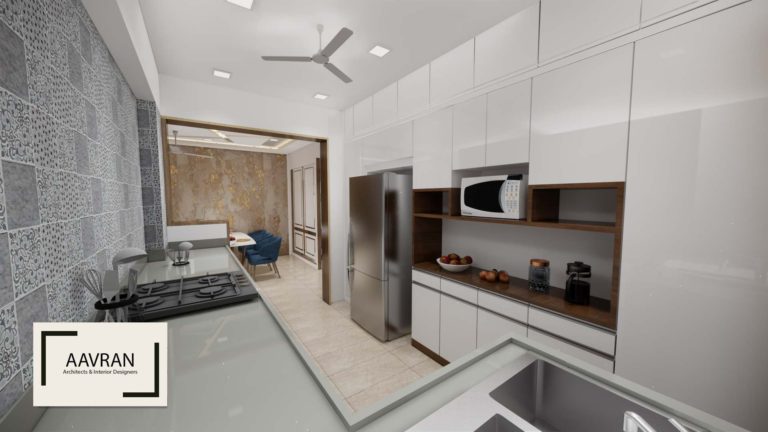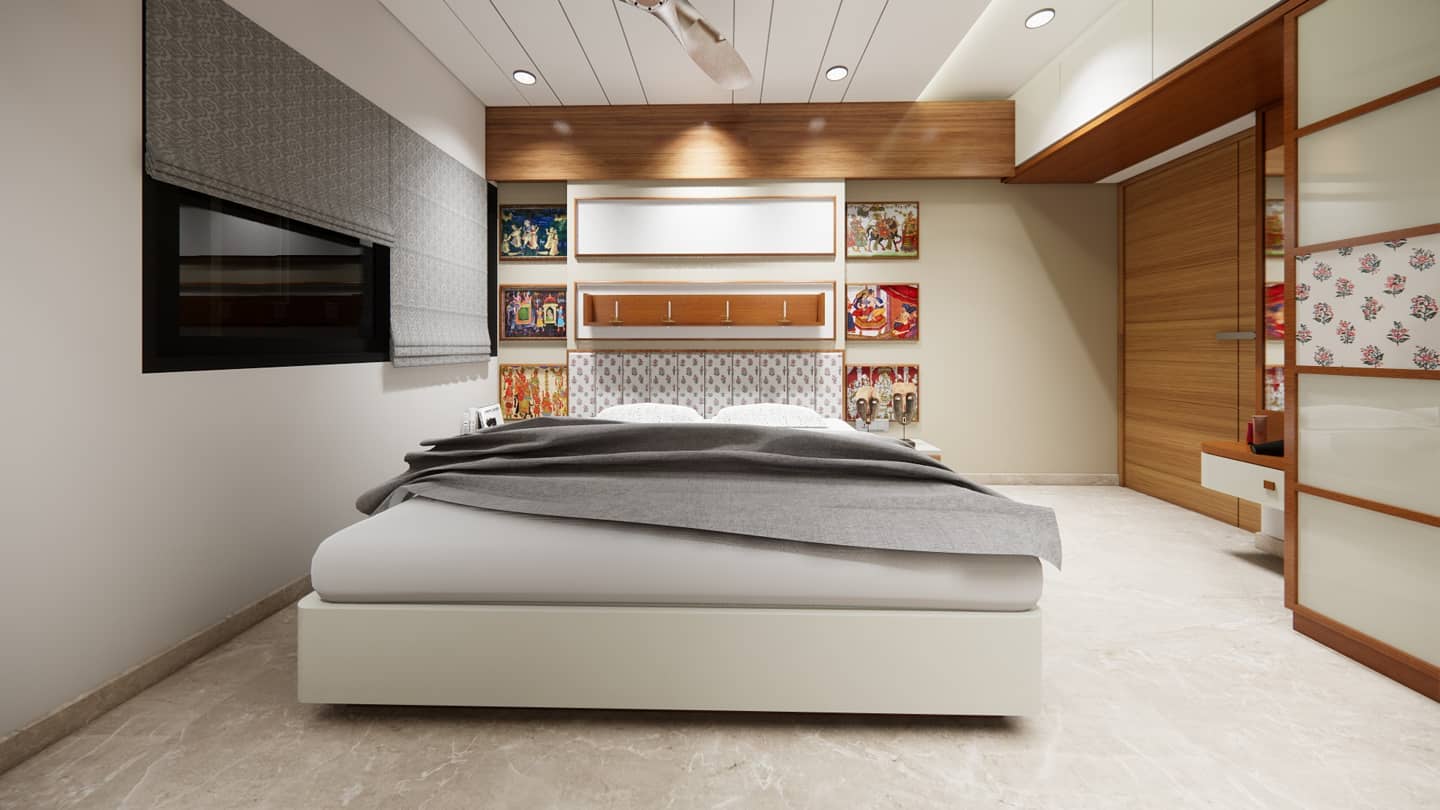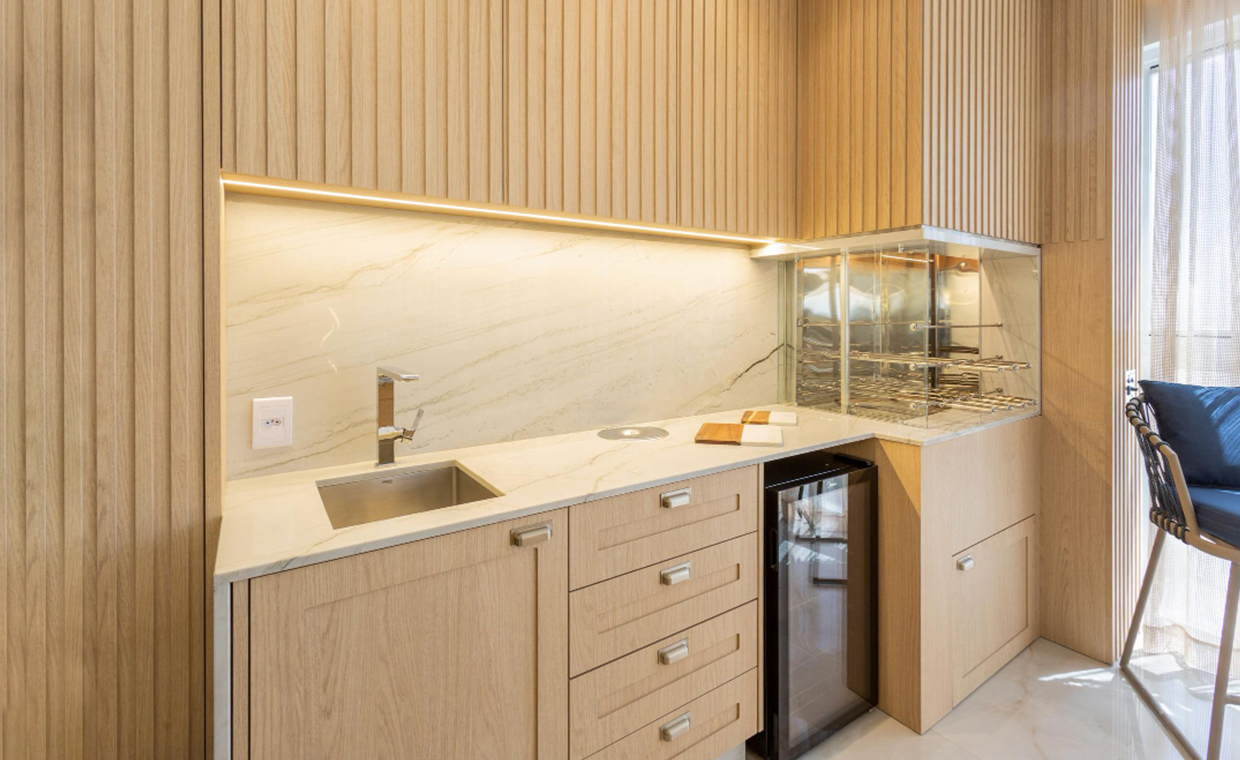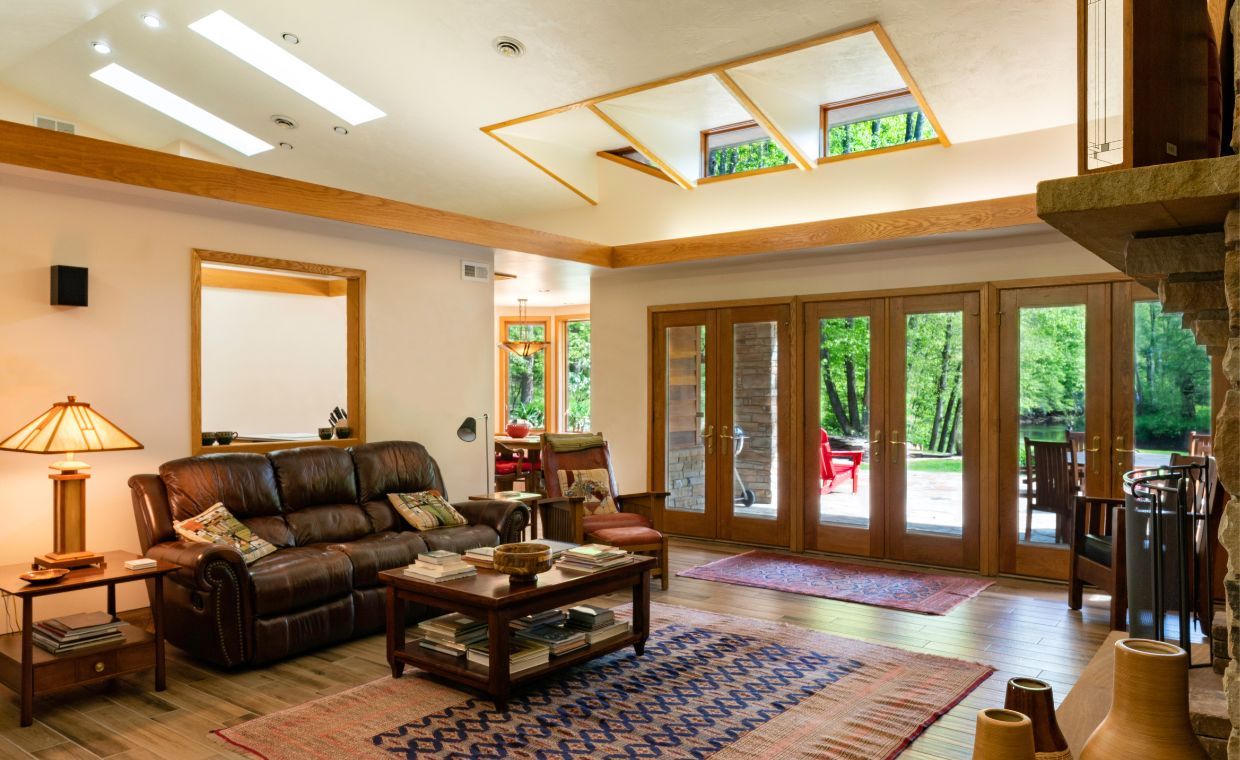
Table of Contents
Quick Summary
- A roof is a key structural element providing shelter and safety from weather conditions.
- The article explains the importance of roofs in protecting a building’s structure and inhabitants.
- It classifies roofs into three main types: pitched or sloping roofs, flat or terrace roofs, and shell or curved roofs.
- Each category is further divided into subtypes such as lean-to, couple, purlin, R.C.C slab, dome and hyperbolic paraboloid roofs.
- The article also highlights the factors influencing roof selection like climate, building design and available materials.
- Emphasis is given to strength, stability, insulation and aesthetics in roof design.
Roof serves the basic object of a house i.e. providing shelter and safety. The roof provides safety against weather. i.e. Heat, rain, cold and snow etc. It is therefore very important element of the house.
Must Read: All you Need to Know about Single Roof & Double Roof
A roof basically consists of structural elements provided at the top of building for the support of roof coverings. A well-designed roof with different shapes & geometry and covered with variety of materials adds beauty to the house.
Basically, the need for the house arises out of need for roof i.e. shelter. It is the protection from heat, snow or rain for which a person seeks roof. Even the houses of the poorest of poor have only the roof as a shelter and they may not be having wall or floor or other amenities.
A good roof is just as essential as a safe foundation. A well designed and constructed foundation protects the buildings against destruction starting from the bottom, while good roof affords protection to the building and its contents against deterioration starting from the top. The roof must be designed and constructed to meet the requirements of different climates and the covering materials available. However, in selecting a roof for a structure, in addition to weather effects, due consideration should be paid to many other factors, such as strength and stability of structure under anticipated loads, heat insulation, lighting, ventilation, sound insulation, life of structure and aesthetics of course etc.
Roof is classified as per functional requirements. The roofs are mainly classified into three different types of roofs.
Roof & Its Classification

I. Pitched roof or Sloping Roof
II. Flat Roof or Terrace Roof
III. Shell Roof or curved Roof
These three different types of roofs are classified below.
(I) Pitched or Sloping Roof
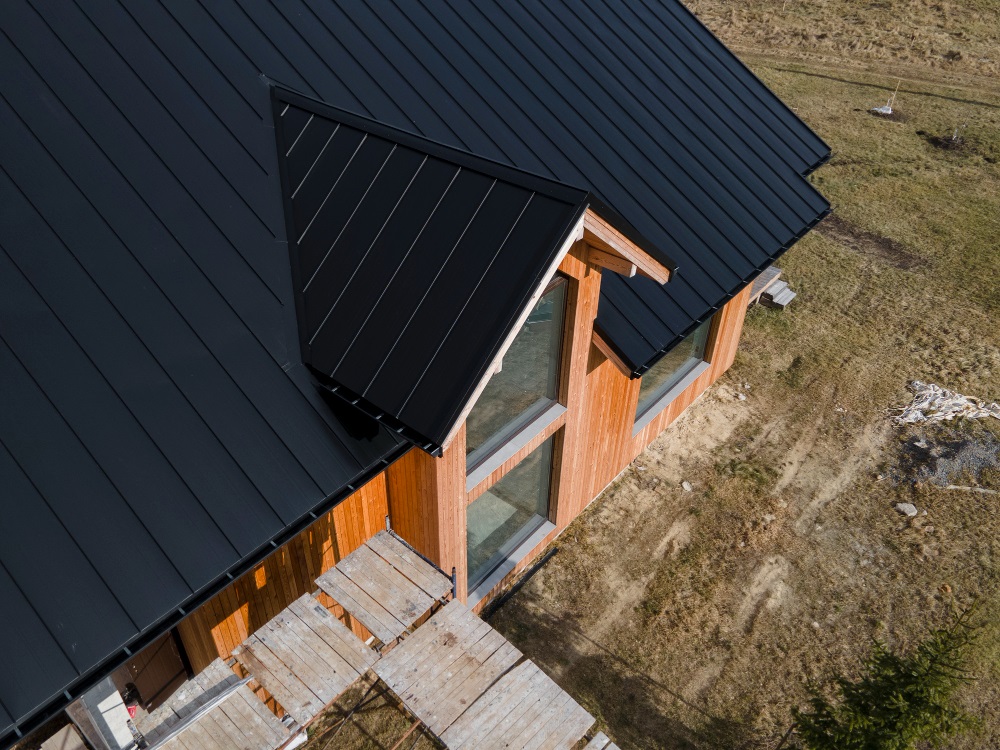
1. Single Roof
2. Double or Purlin Roof
3. Triple-Membered or Framed or Trussed Roof
- King-post roof Truss
- Queen-post roof Truss
- Combinations of King-post and Queen-post Trusses.
- Mansard roof Truss
- Truncated roof Truss
- Belfast roof Truss
- Composite roof Trusses
- Steel sloping roof Trusses
Also Read: Pitched Roofs
(II) Flat Roof or Terrace Roof

- Mud Terrace Roof
- Brick concrete Terrace Roof
- Jack Arch Flat Roof
- R.C.C or Reinforced Brick Slab roof
- Bengal Terrace Roof
Also Read: Flats Roofs
(III) Shell Roof or Curved Roof
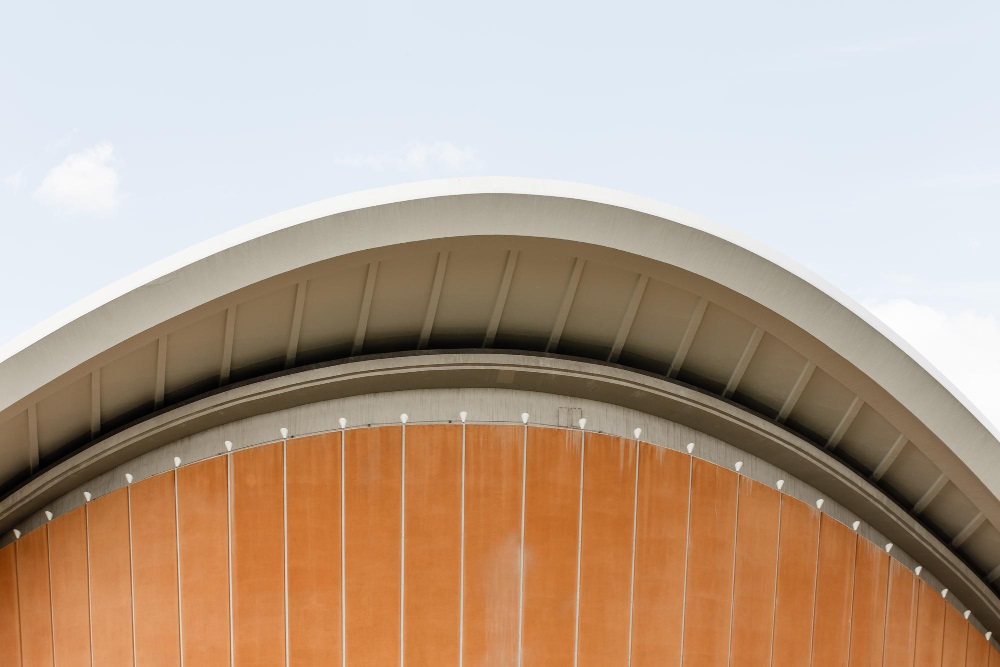
- A dome
- Barrel arch
- Cone
- Hyperbolic Paraboloid
Also Read: Shell Roofs
The roof structure should be strong and stable enough to take up the load’s safety. The selection of the type of roof depends upon the shape or plan of the building, climates condition of the area and type of constructional materials available. Hence Roof is very important as far as both your health and safety are concerned.
Conclusion
A roof is far more than just a cover over a building. It plays a vital role in ensuring safety, durability and comfort within a structure. The choice between pitched, flat and shell roofs depends on climate, materials and architectural style. Understanding the classification of roofs helps in selecting the right type that meets both functional and aesthetic needs. A well-designed roof not only enhances the beauty of a house but also extends its life by protecting it from the elements.
Also Read:
FAQs: Roof and its Classification
Q1. What is the main function of a roof?
A roof provides shelter and protection from weather elements such as heat, rain, wind and snow.
Q2. What are the three main types of roofs?
The three main types are pitched or sloping roofs, flat or terrace roofs and shell or curved roofs.
Q3. Which factors influence roof selection?
Roof selection depends on climate, building design, materials available and structural requirements.
Q4. What is a pitched roof?
A pitched roof has a sloping surface that allows water and snow to drain easily, commonly used in areas with heavy rainfall.
Q5. What is the purpose of a shell roof?
A shell roof is designed in curved forms like domes or barrels, offering both strength and aesthetic appeal.









